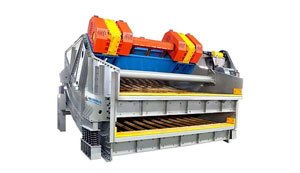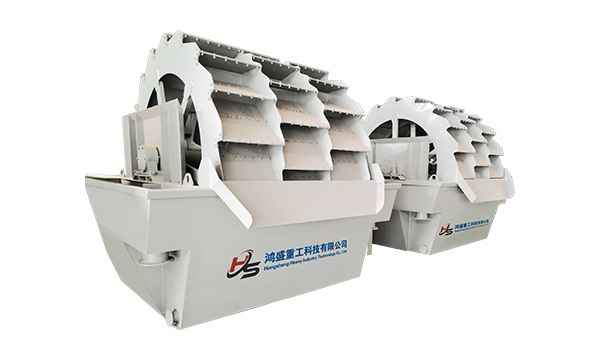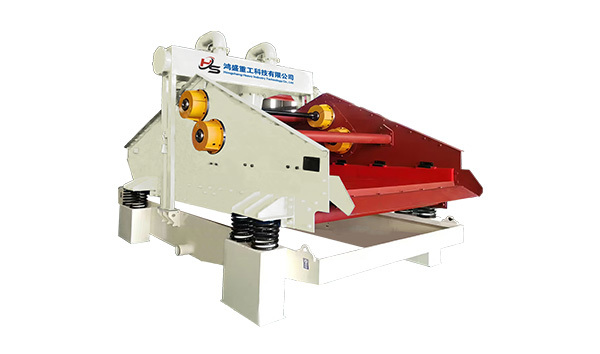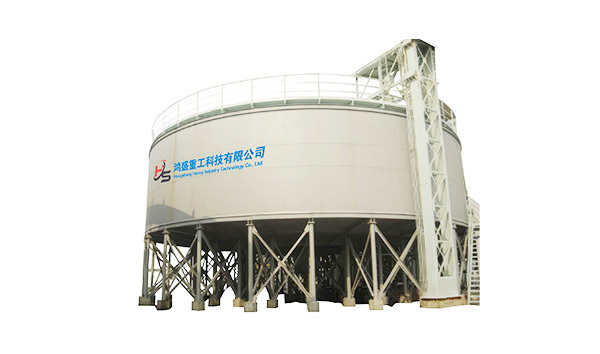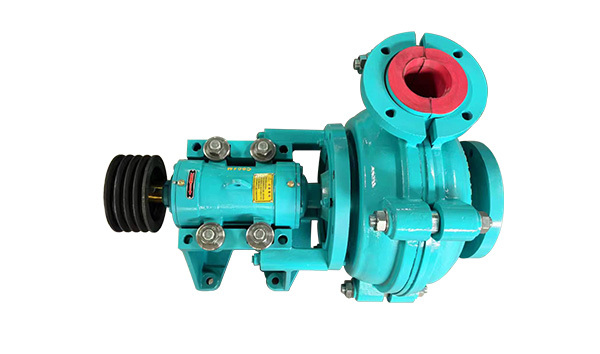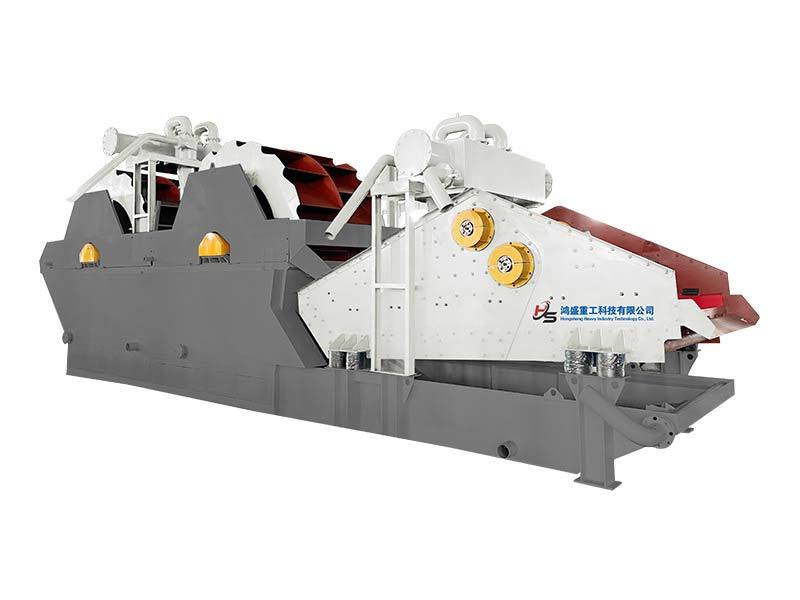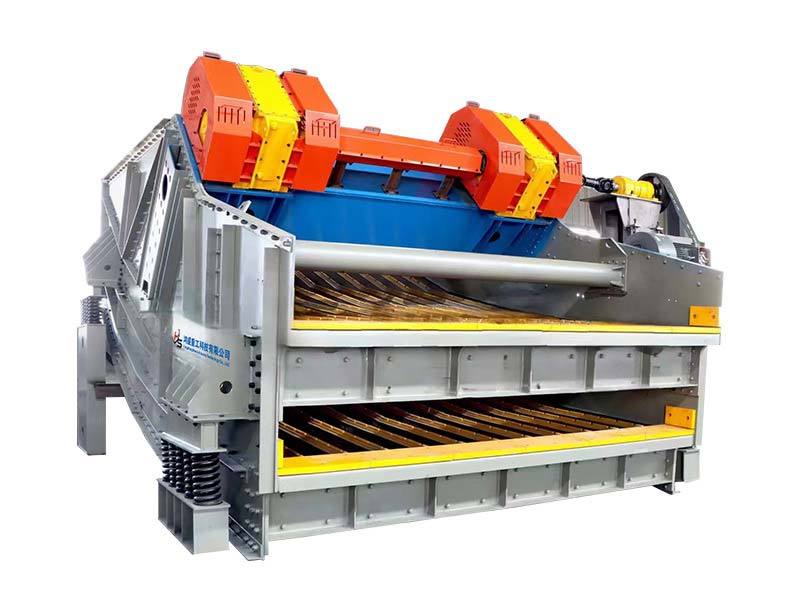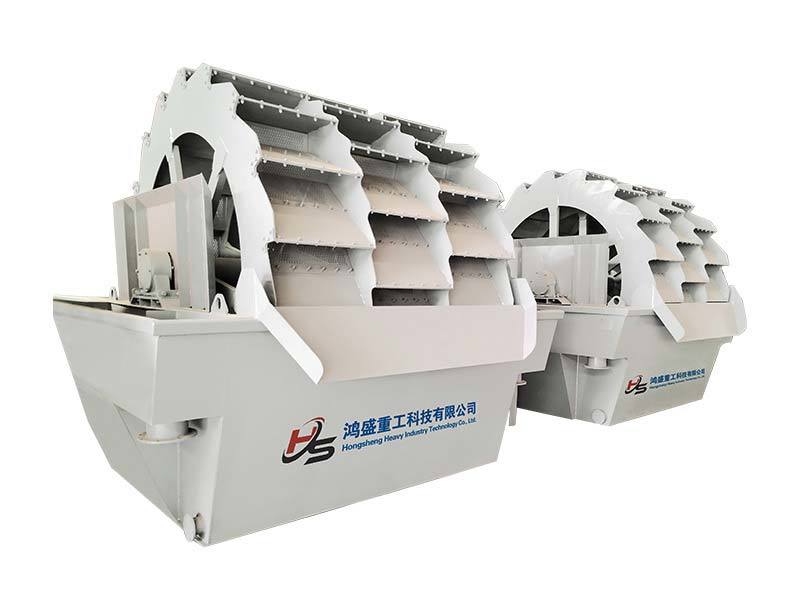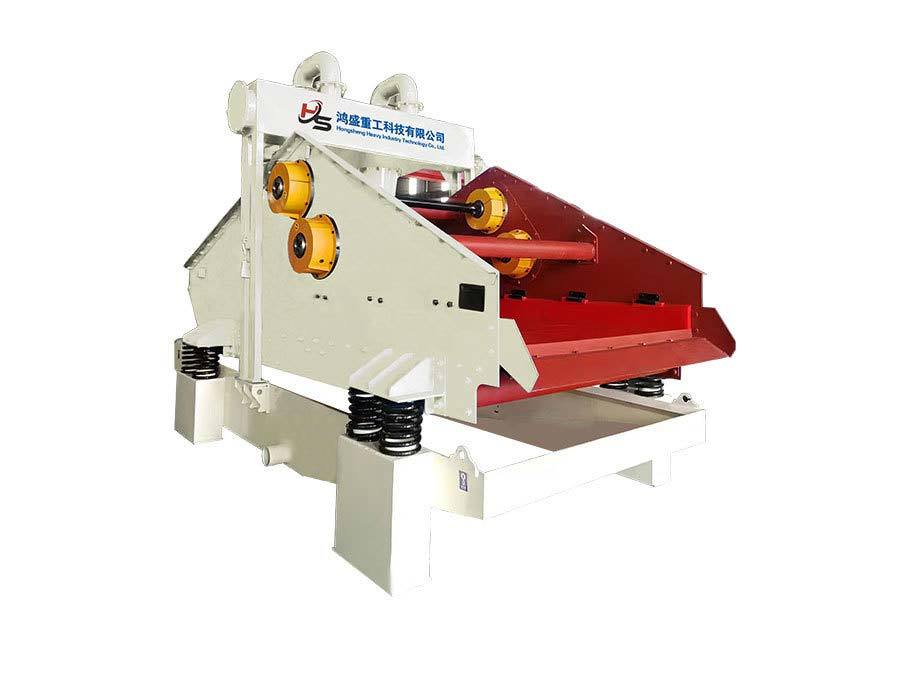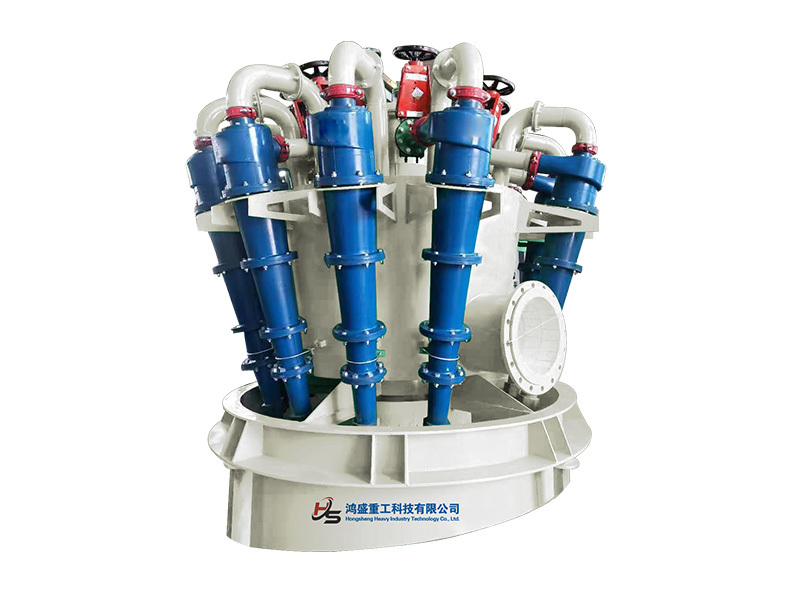
Share to
Hydrocyclone cluster
Still deciding? Get samples first, Contact US !
View similar products
Tag list
- Description
-
Product Introduction
A hydrocyclone cluster is a separation unit composed of multiple hydrocyclones arranged in parallel or series configurations. It operates on the principle of centrifugal force to achieve solid-liquid, liquid-liquid, or solid-gas separation. The core component features a conical or cylindrical chamber, typically constructed from wear-resistant materials such as alloy, polyurethane, or ceramics, making it suitable for high-wear and corrosive environments. Widely used in mining, environmental protection, chemical, and petroleum industries, it is primarily employed for processes like particle classification, concentration, de-sliming, and oil-water separation.
Working principle
1、Centrifugal Separation: The mixed material is tangentially fed into the hydrocyclone assembly under high pressure, generating a high-speed rotational flow field that creates strong centrifugal forces.
2、Density Stratification: High-density particles (or the heavy phase) are propelled toward the wall of the cyclone and descend along a helical trajectory, ultimately discharged through the underflow orifice. Meanwhile, the light phase (e.g., liquid or fine particles) migrates toward the central axis and exits via the overflow orifice.
3、Structural Influence: Separation efficiency is determined by parameters such as cyclone diameter, cone angle, inlet pressure, and others. Adjusting the dimensions of the underflow and overflow orifices allows for optimization of separation precision.Application Industries
1、Mining:
● Ore classification (e.g., ore classification in grinding circuits of concentrators)
● Tailings thickening, desliming
2、Environmental Protection:
● Sewage treatment (suspended solids removal)
● Sludge dewatering, industrial wastewater recycling
3、Chemical Industry:
● Catalyst recovery
● Liquid clarification, particle classification
4、Petroleum:
● Oil-water separation
● Drilling mud treatment
5、Others:
● Coal slurry dewatering in coal washing plants
● Sand and gravel classification in the building materials industryPerformance Features & Advantages
1、High-Efficiency Separation:
● Centrifugal acceleration up to 1,000 times gravitational force
● Wide particle size separation range (2-300 μm)
2、Modular Design:
● Flexible configuration with multi-stage hydrocyclone assemblies
● Adaptable to varying throughput capacities (single-unit capacity up to hundreds of m³/h)
3、Strong Adaptability:
● Adjustable operational parameters (e.g., pressure, orifice diameter) to accommodate variations in material concentration and particle size distribution
4、Abrasion & Corrosion Resistance:
● Internally lined with silicon carbide, rubber, ceramic, or polyurethane materialsTechnical Specifications Table
Hydrocyclone Model 10-100 (8°/10°/Multi-taper Angles)
Equipment Model
Hydrocyclone Barrel Inner Diameter(mm)
Maximum Allowable Feed Particle Size(mm)
Feed Pressure(Kpa)
Processing Capacity(m3/h)
Classification Particle Size(μm)
10
10
0.1/
100-600
0.05-0.1
1-5/
25
25
0.2/
100-600
0.3-1
5-20/
50
50
0.3/
100-400
1.5-3.5
5-40/
75
75
0.6/
100-400
3.0-7.0
10-40/
100
100
1/
100-300
9.0-18.0
20-50/
Hydrocyclone Model 125-350 (8°/10°/Multi-taper Angles)
Equipment Model
Hydrocyclone Barrel Inner Diameter(mm)
Maximum Allowable Feed Particle Size(mm)
Feed Pressure(Kpa)
Processing Capacity(m3/h)
Classification Particle Size(μm)
125
125
1/
90-300
12-24
25-50/
150
150
1.5/
80-300
16-30
20-74/
165
165
1.5/
70-300
20-40
30-74/
200
200
2/
60-300
30-50
40-100/
250
250
3/
60-300
45-70
40-100/
300
300
5/
60-200
50-85
50-150/
350
350
6/
60-200
80-130
50-150/
Hydrocyclone Model 420-840 (8°/10°/Multi-taper Angles)
Equipment Model
Hydrocyclone Barrel Inner Diameter(mm)
Maximum Allowable Feed Particle Size(mm)
Feed Pressure(Kpa)
Processing Capacity(m3/h)
Classification Particle Size(μm)
420
420
8/
60-200
100-180
74-150/
500
500
10/
40-200
180-260
74-200/
600
600
12/
40-200
200-320
74-200/
660
660
16/
30-150
260-450
74-220/
710
710
18/
30-150
320-500
74-250/
840
840
20/
30-150
450-650
74-350/
All listed parameters apply to a single hydrocyclone unit. For comprehensive technical specifications or application case studies, please feel free to contact us for further discussion!
Next: Wheel-Type Integrated Sand Washing and Recycling Machine
Hydrocyclone cluster
Still deciding? Get samples first, Contact US !
Products Category
Tag list
Hydrocyclone cluster
Inquire Now
Note: Please leave your email address, our professionals will contact you as soon as possible!


